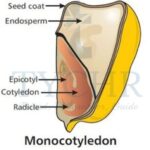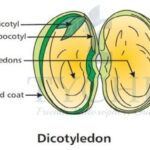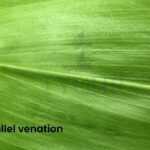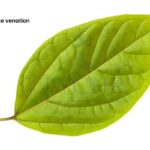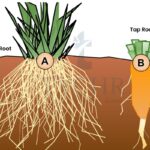plant biology Notes
Plant biology
Approaching the topic
- Understanding he concepts
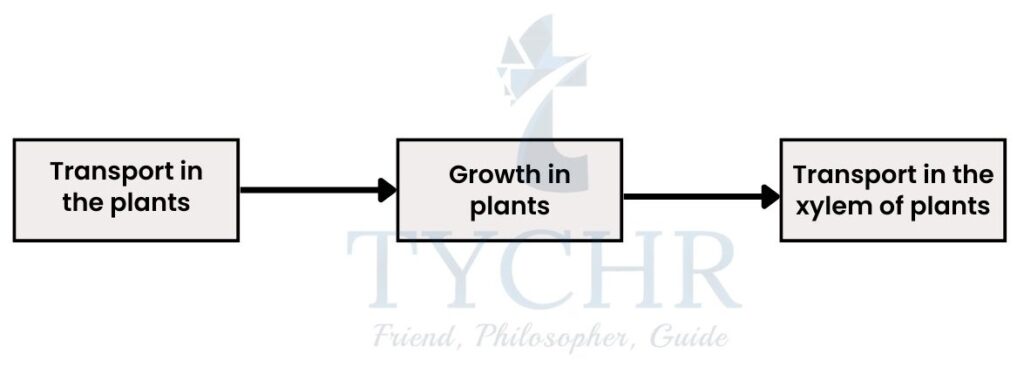
- Application of these concepts
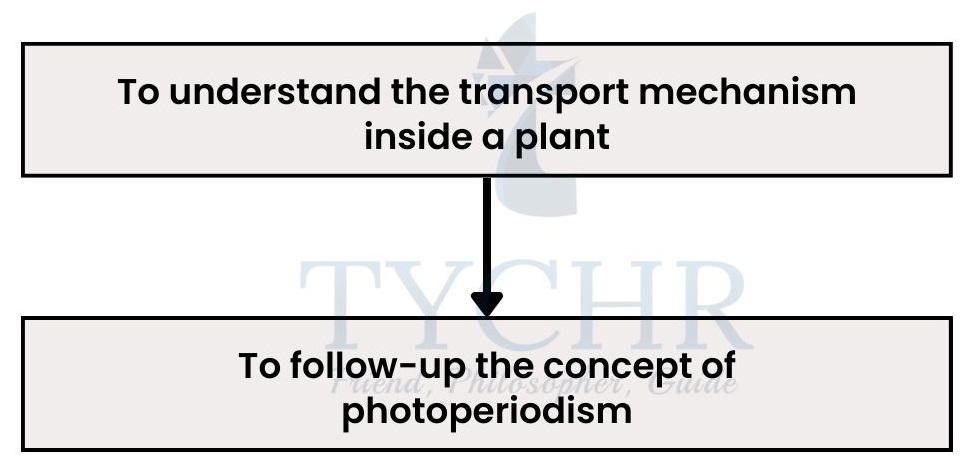
Basic terms to ponder
- Cohesion: It is the force of attraction between the molecules of the same substance like in water.
- Adhesion: It is the force of attraction between the molecules of different substances.
- Tension: It is the built up opposition force regarding the pull of a certain opposite force.
- Annual plants: These are the plants which complete its life cycle in one season and then die.
- Biennial plants: These plants complete their life cycle in two years and then die.
- Perennials: These plants flower every year and persist for many growing seasons.
- Cotyledon: It is a seed leaf in embryos.
- Venation: It is the entire arrangement of the veins on the leaf.
Transport in plants
Leaf structure
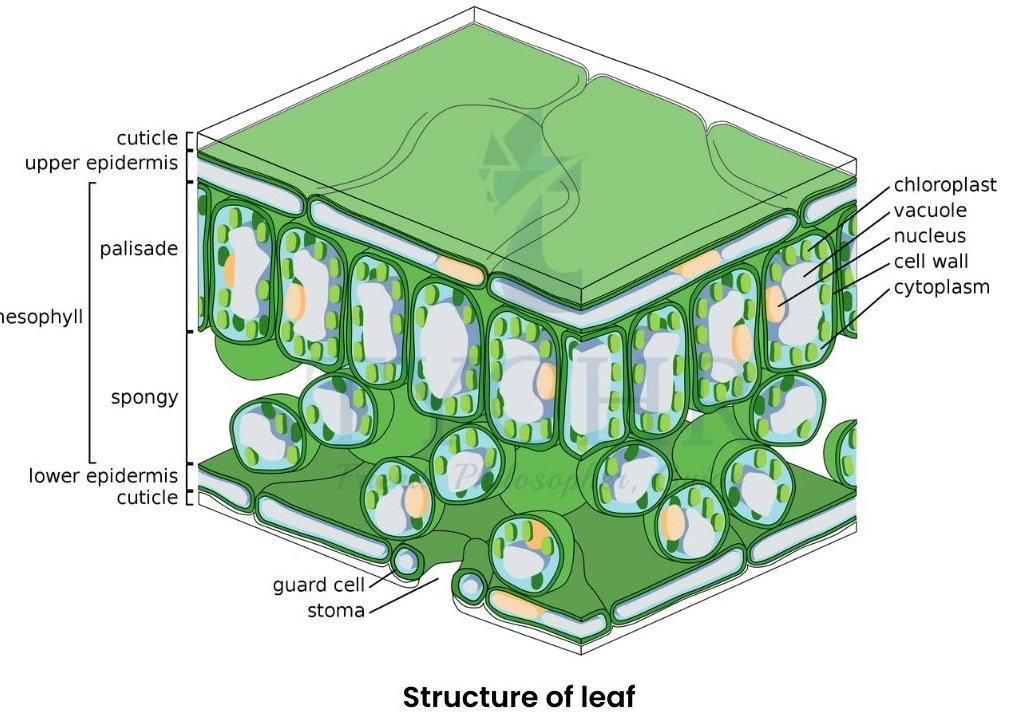
- Description
- Stomata occur at the bottom of the leaf surfaces and are for the gas exchange, required for photosynthesis. Water loss i.e. transpiration also occurs from these stomatal openings.
- Guard cells are for controlling the closing and opening the stomata.
- Cuticle layer protects against water loss and insect invasion.
- Xylem serves water while phloem serves products of photosynthesis and they both occur together in veins. These veins are distributed throughout the leaf.
- Palisade mesophyll cells present on the upper portion of the leaf contain large numbers of chloroplasts to carry out photosynthesis.
- Spongy mesophyll cells occupy bottom portion of the leaf, are loosely packed with few chloroplasts and more air spaces for gas exchange.
- Epidermis also serves protection purpose. There are two layers of epidermis one is upper epidermis and the other is lower epidermis. Lower epidermis has thinner cuticle than upper epidermis.
Transport in the xylem of plants
- Xylem
- It is involved in supporting the plant and acts as a water-conducting tissue of terrestrial plants.
- There are two types of cell within the xylem that are involved in water transport;
tracheids and vessels.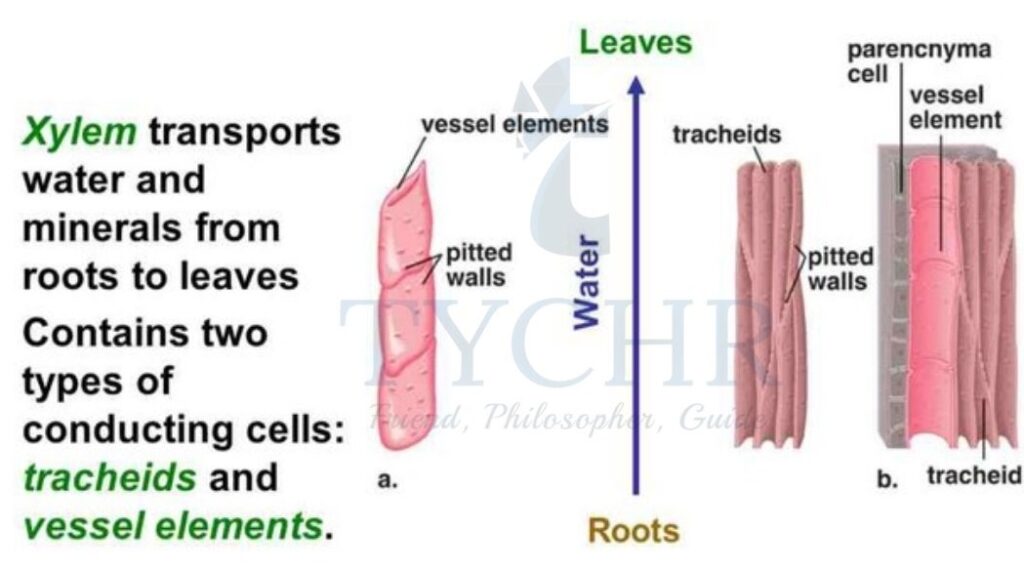
- Stomatal activity
- Stomatal pores open and close by change in the turgor pressure in the guard
- Mechanism:
- Guard cells have uneven cell wall thickening with more thickened area of cell wall is oriented towards the stoma and less thickened at the opposite.
- When the guard cells filled with water, they swell and bulge more to the outside which opens the stoma. And vice versa when they lose water.
- This activity is based on potassium ion transport creating the concentration gradient which makes water movement by osmosis.
- Entry of the potassium into the guard cells is done by proton pumps in the plasma membrane which allows more water to come in. And the exit of ions is triggered by plant hormone abscisic acid, which intends water to leave as well.
- Cohesion-tension theory
- This theory explains the movement of fluid in plants.
- It considers the concentration gradients, cohesion between the water molecules, adhesion between the water molecules and walls of the xylem and tension created by all these phenomena.
- It follows;
- Water concentration between the water vapour in intercellular spaces of leaf is more than in the environment, therefore it moves out by transpiration. It creates the pull.
- The water lost is replaced by the water from the vessels, which maintains the high water vapour in the air spaces of the leaf.
- Inside the vessel, a water column is maintained by the cohesion and adhesion forces, but there is still the pull which creates the tension in the water column.
- This makes the water to be pulled from the root cortex into the xylem cells.
The movement of water from the root cortex into xylem allows movement of water from the soil into the roots. And from the roots, it moves into a vascular cylinder.

Figure 9.2 Cross-section of root
- Root and modified structures for nutrients movement
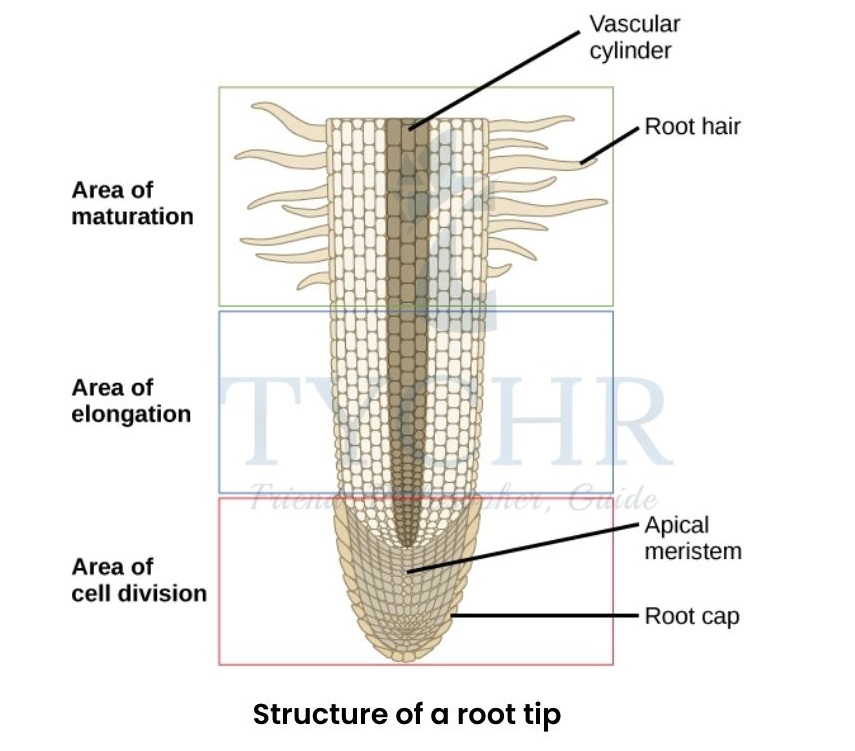
Figure 9.3 Structure of a root tip - Roots absorb water and mineral ions necessary for plant growth which can be done passively, actively or by the action of fungal hyphae.
- Mineral ions move in passively due to concentration gradient, actively by expenditure of the ATP against the concentration gradient.
- Fungal hyphae are established on the roots, by the organism other than the plant, with which the plant is involved in a symbiotic relationship. These hyphae allow better and rapid absorption of minerals out of the soil.
Wonder!
How xerophytes and halophytes survive, if they can’t afford water loss?
Xerophytes adapt themselves in a way to reduce transpirational water loss in arid climates. The adaptations can be listed as:
- Leaves are reduced to spines to decrease the surface area for water loss.
- Decrease in surface area results in less number of stomata through which water loss happens and in addition the stomata are located in crypts or pits so that high humidity could be maintained near the stomata.
- Cuticle layer which is impenetrable to water, it covers the stems.
- Some may shed their leaves completely during the driest months.
- They can use alternative food making process called CAM (crassulacean acid metabolism)
Halophytes adapt themselves to grow in saline water. The adaptations can be listed as:
- They become succulent and store more water so that to dilute the salt concentration.
- Some species have salt glands to secrete salt. Ex- Mangrove.
- Sunken stomata and thickened leaves prevent water loss which is advantageous.
- Some species may compartmentalize Na+ and Cl– in vacuoles to prevent NaCl toxicity.
Transport in the phloem of plants
- Phloem is made of living cells and helps in transport of the organic molecules.
- The main composing cells are sieve tubes and companion cells.
- Sieve tubes are made by connecting many sieve tubes elements to one another by
sieve plates. - Companion cells are connected to the sieve tube members by plasmodesmata.
- Phloem translocates molecules in various directions inside the plant but follows the principle of source to sink flow. The source is leaves and the sink is the plant organ which stores the sugar made.
- Phloem sap: It is the mixture of organic molecules and water which includes sugars, amino acids, plant hormones and small RNA molecules.
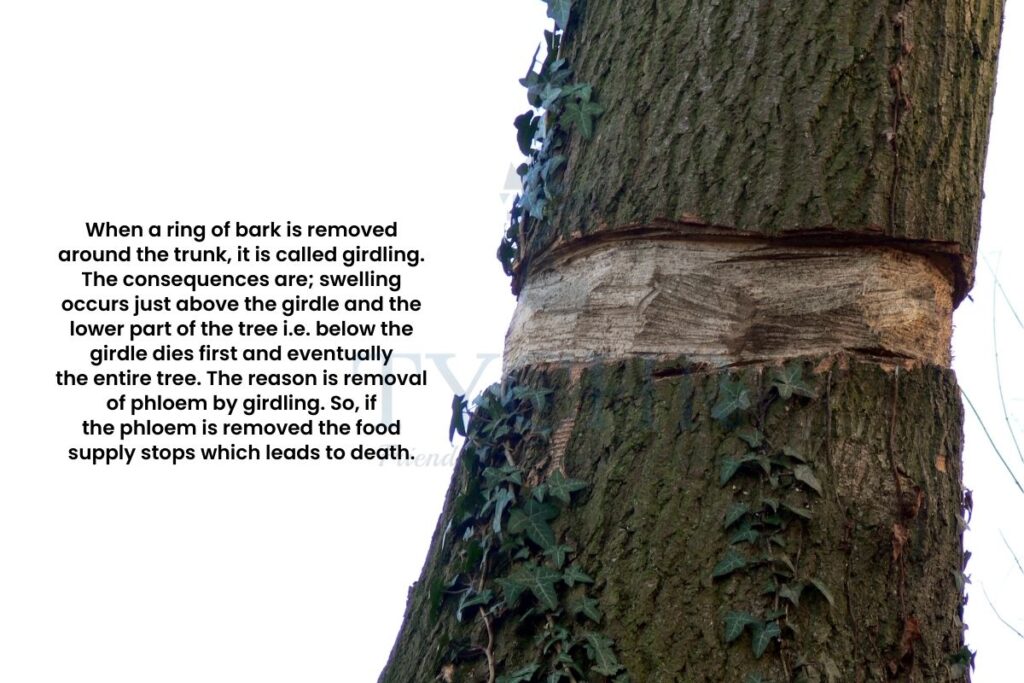
Pressure-flow hypothesis
- Sugar is loaded in the sieve tube from the source (leaves). Formation of concentration gradient forces water from surrounding cell to enter the sieve tube as well.
- Water uptake inside the sieve tube creates hydrostatic pressure which helps in flowing of the sugar to the sink (any fruit or root).
- Sugar is stored in the form of starch in sink. Since starch cannot create any gradient hydrostatic pressure also falls.
- Excess water is taken up to the source
- Loading and unloading of the sugar in or from the sieve tube is an active process and done by some cotransport proteins Rather the transport is done passively by built in hydrostatic pressure due more solute concentration.
Growth in plants
- Plants show indeterminate growth patterns i.e. they grow throughout their lifetime (with exceptions in some).
- Meristematic tissue composed of cells which have the ability to divide on its own by keeping one cell as its origin, as like stem cells. The cells that remain meristematic are called initials. And the cells which start to differentiate from to form parts of the plants are called derivatives.
- Three types of tissues formed out of meristematic tissues:
- Dermal tissue, formed of an outer covering for protection purposes and preventing water loss.
- Ground tissue, formed of cells that are involved in storage, photosynthesis, support and secretion.
- Vascular tissue, formed of xylem and phloem.
- Apical meristems: These are the primary meristems occurring at the tips of roots and stems. The developing tip tissue with apical meristem collectively called as shoot apex. This shoot apex further causes primary growth including all the non-woody growth of the plant from roots to stems.
- Lateral meristems: These are responsible for secondary growth which allows growth in the thickness of plants. Trees (woody plants) have two types of lateral meristem;
- Vascular cambium, it produces secondary xylem on its inner side and secondary phloem on its outer side and is present in between the both.
- Cork cambium, is present within the bark of the plants and produces cork cells of the outer bark.
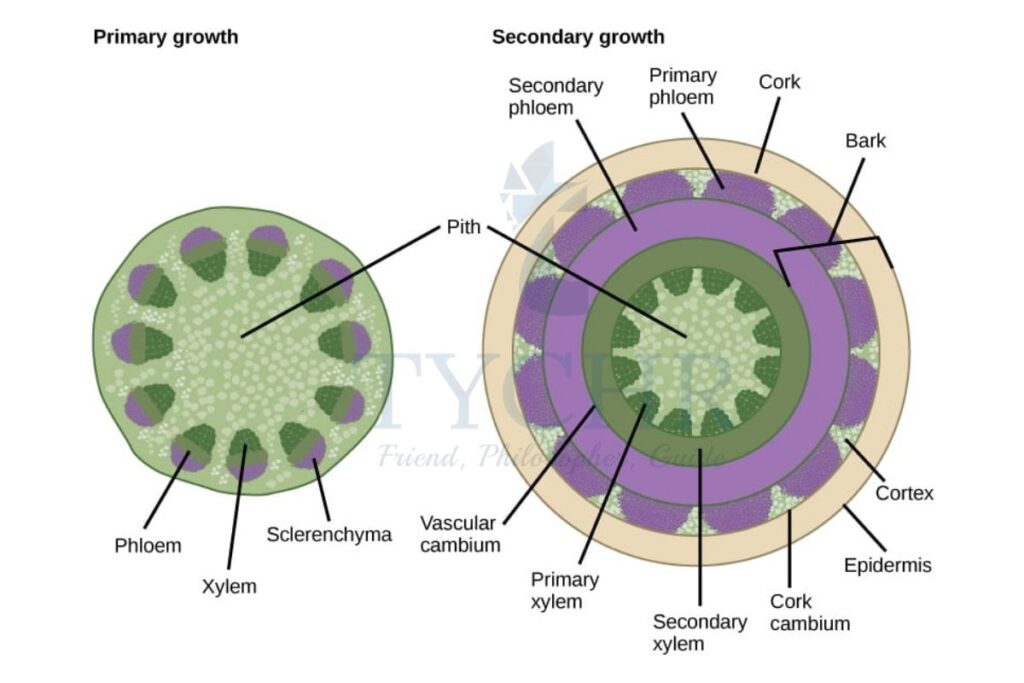
Figure 9.4 Primary and secondary growth structures
Plant hormones
- Hormones are the chemical messengers and in plants they are released in response to an environmental stimulus.
- Specific cells in the plants have protein receptors that allow them to receive external stimuli. Upon reception a metabolic pathway is initiated which results in release of hormone in the whole plant.
- Hormone travels in the plant through phloem or from cell to cell.
- The cells which are affected by the hormones are called target cells.
- Auxins are the group of plant hormones that can be produced artificially but produced naturally at apices of stems and They influence the tropism of the plant.
Phototropism
- The growth of the plant in response to light is called phototropism.
- In a plant, root exhibit negative phototropism (away from the light) and stem exhibit positive phototropism (towards the light).
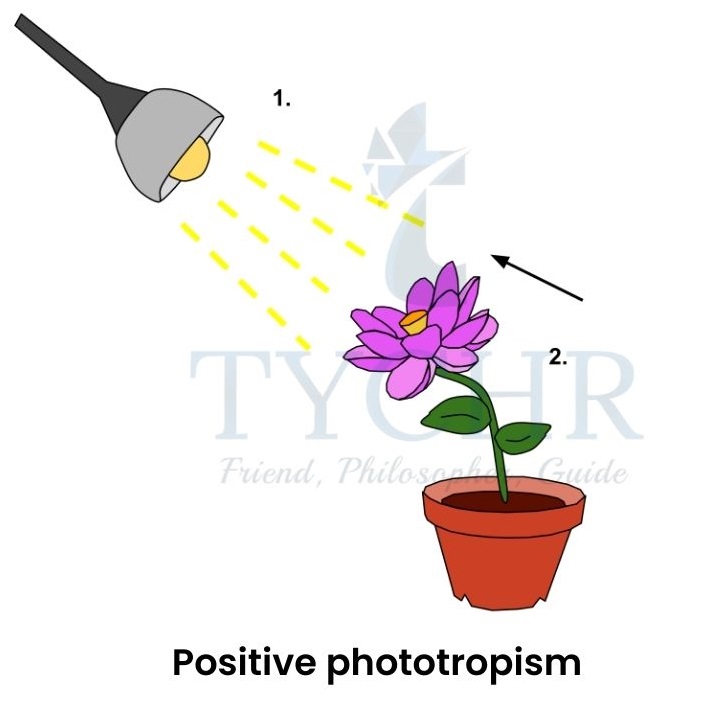
Figure 9.5 Positive phototropism - Auxins play an important role in causing positive phototropism. These are found in embryo of the seeds and in shoot
- Auxins increase the flexibility of the plant cell wall which enables its growth towards the light.
- Mechanism of bending of light by the action of auxin:
- Auxin is produced by the stem cells on the side towards the light source.
- Auxin eventually redistributed at one side (away from the sunlight) of the whole stem.
- A proton pump is formed by the action of auxin and receptor in the nuclei of cells. It moves hydrogen ions into the cell spaces and drops the pH resulting in the breaking of the hydrogen bonds between the cellulose fibres of the cell wall.
- This results in elongation of the cells and thereby the stem bends.
Reproduction in plants
Angiosperms
- Flower bearing plants are called angiosperms. Flowers are the reproductive organs of the plants.
- These are of two types namely; monocots and dicots.
Monocots | Dicots |
They have three flower parts or multiples of three | They have four or five flower parts or multiples of four or five |
Seeds contain only one cotyledon | Seeds contain two cotyledons |
Leaves have parallel venation | Leaves have netlike or reticulate venation |
They have fibrous root system | They have tap root system |
Vascular bundles are arranged throughout the stem | Vascular bundles are arranged as a ring in the stem. |
Pollen grains have one pore | Pollen grains have three pores |
- Angiosperms use pollination technique before fertilisation and reproduction.
Flower ̶ its structure and function
- There are four basic flower parts i.e. sepals, petals, stamens and carpel which makes the complete Lack of even one of these basic parts makes incomplete flower.
- Lack of stamens but not carpel makes them carpellate flowers and lack of carpels but not stamens makes them staminate flowers.
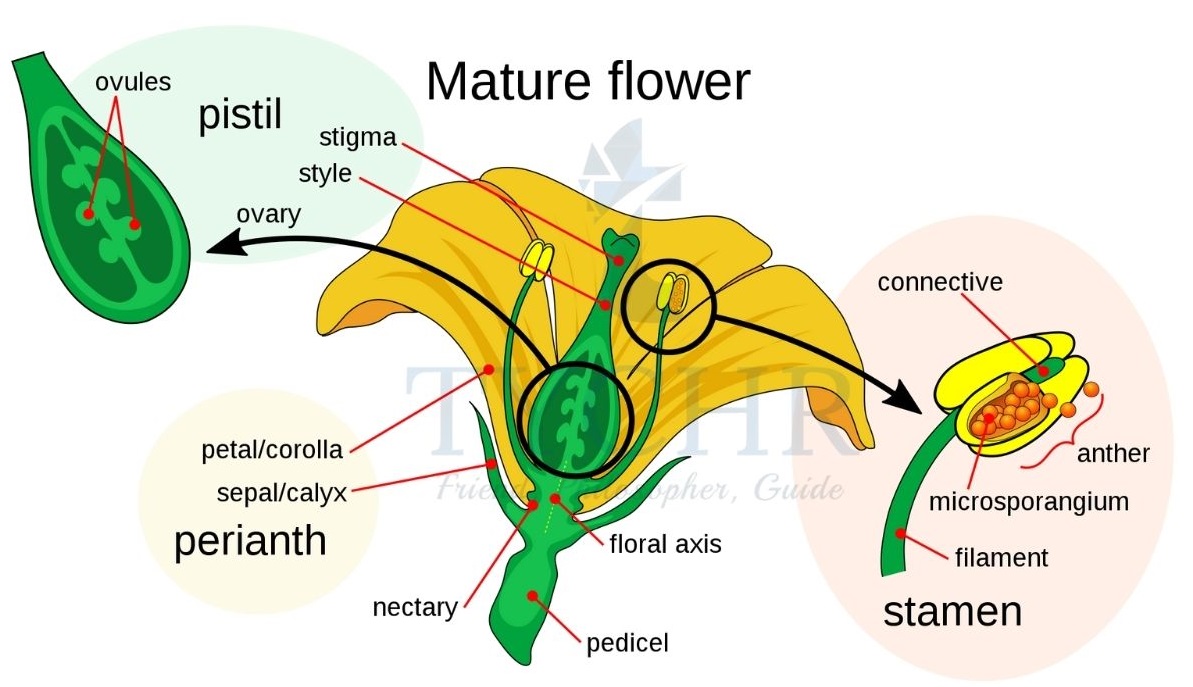
Figure 9.7 A typical diagram of a flower
Pollination and fertilization
- Pollination
- It is the process by which pollen grains from the anther lands on the stigma of the same or another flower by means of wind, insects, water, birds etc.
- Plants which are pollinated by birds or insects like bees generally have flowers with more vibrant colours and have scent to attract the pollinators.
- Plants which are wind pollinated have odourless, colourless and inconspicuous flowers.
- Types of pollination:
- Self-pollination– In this kind of pollination, the pollen grain from the anther of the stamen lands on the stigma of the same flower. It promotes inbreeding exercise which leads to less genetic variation.
- Cross pollination– In this kind of pollination, pollen from the anther lands on the stigma of another flower of the same species. It promotes variability and may result in better fitness of the offspring.
Fertilization
- It is the process of union of male and female sex cells to form a unit called zygote.
- When pollen lands on the stigma i.e. after pollination a series of events takes place to fertilised ovule (female gametophyte) which are as follows:
- Pollen takes in fluid while on stigma and germinates to produce a pollen tube from the germ pores.
- Pollen tube travels through the style to reach the ovary inside which the ovule is present.
- This pollen tube contains sperm cells, which get released into the ovule as soon as the tube completes its growth by reaching the bottom of the ovary.
- The sperm cells get released into the ovule and fertilise with the female egg to produce a zygote. The zygote along with its surrounding tissue gets transformed into the seed (containing embryo) and the ovary into fruit.
Seeds
- These are the structures that keep the embryo functional and protected.
→ They go into dormant phase, as a part of maturation process. It involves dehydration, low metabolism and growth ceases. This period of dormancy may help in overcoming the harsh environmental conditions.
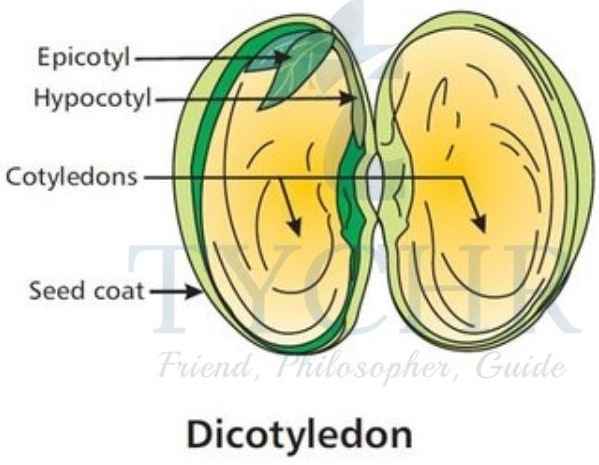
9.8 A dicotyledonous seed - Micropyle is the slight opening through which gas exchanges occurs during dormancy.
- They germinate once the conditions become favourable. The seed would need water, oxygen and an appropriate temperature to germinate into a plant.
Types of flowering in angiosperms
- Plants react to the sunlight as they This reaction to light features three types of flowering:
- Long-day plants: They flower when exposed to longest days and shortest night like in Ex- radishes, spinach and lettuce.
- Short-day plants: They flower when exposed to shorter days and long nights like in autumn, spring, late Ex- poinsettias, chrysanthemums and asters.
- Day-neutral plants: They flower without regard to day length. Ex-Roses, dandelions and tomatoes.
- Phytochrome is the pigment in the plants to offer control by light. It has two forms; inactive phytochrome (Pr) which absorbs shorter wavelength of 660 nm and active phytochrome (Pfr) which absorbs longer wavelength of 730 nm.
- Active form may promote or may inhibit the flowering depending upon the exposure to the light.
- Inactive form can be converted to active form very rapidly in daylight while it is a very slow process to convert active form to inactive form and it happens in the darkness i.e. at night.
How phytochrome is controlling the flowering?
- Only the active form of the flower promotes flowering. The active form converts to inactive at night, so it depends differently on long-day and short-day In long- day plants with shorter nights Pfr is less in amounts and it is abundant in short-day plants with much longer nights.
- Pfr activates certain specific genes of the shoot apex which results in changes in gene expressions to produce flowering.

